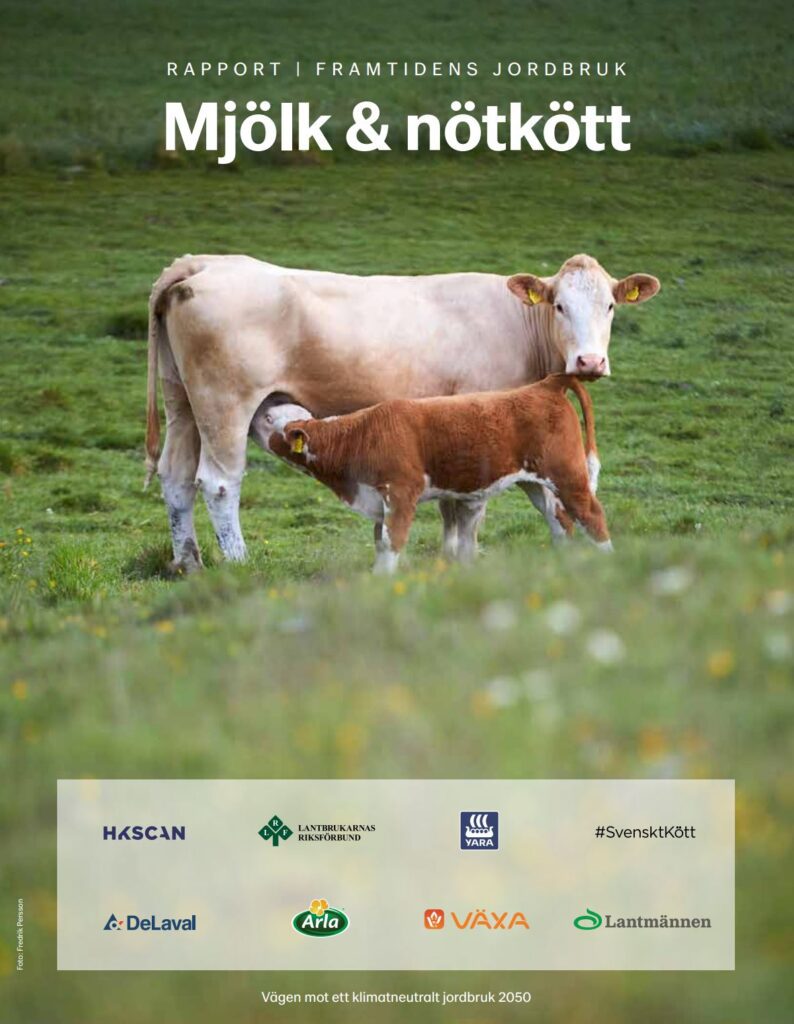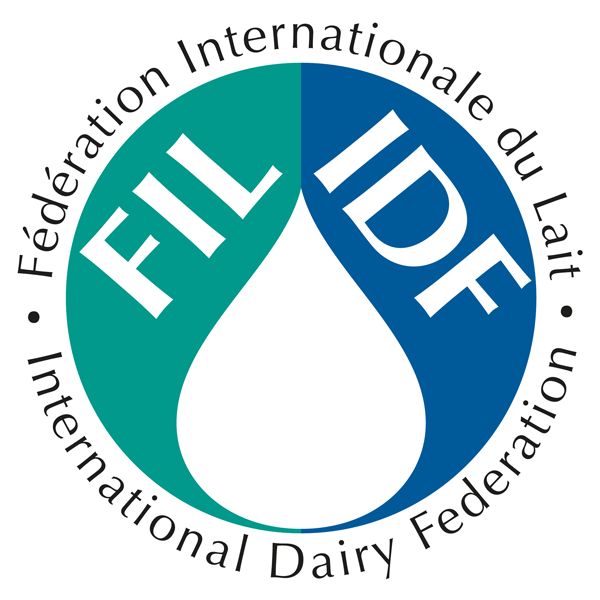Share this page
Farming of the Future
How Swedish beef and dairy farming can meet climate targets and contribute to a sustainable food and energy system towards 2050

Alignment with SDGs
AUTHOR
Victoria Thuillier - LRF Dairy Sweden, Stockholm • Sweden
Abstract
In early 2020 stakeholders of the Swedish beef and dairy sector set up a project to identify and quantify the potentials to reduce climate impact of Swedish beef and dairy production systems by 2050. The project showed that Swedish beef and dairy production can reduce climate impact in line with the Paris agreement and climate neutral farming by 2050 can be achieved. This can be done without compromising biodiversity, animal health and welfare, while increasing food and bioenergy production. The report and the collaboration is a major contribution to describing the role of cattle in sustainable food and energy production system in Sweden into the future and presents a growth opportunity going forward.
Introduction
In early 2020 stakeholders of the Swedish beef and dairy sector set up a project to identify and quantify the potentials to reduce climate impact of Swedish beef and dairy production systems by 2050. The collaboration was one of the first of its kind and addressed a knowledge gap where an overall approach handling beef and dairy production simultaneously, as part of an overall system, was missing. While the potentials were identified from a climate perspective, other sustainability aspects were also taken into consideration.
The results were published in a report in October 2021 and have been very useful in dialogue with farmers, politicians, research institutes and universities as well as other stakeholders in the food chain. The report and the collaboration are a major contribution to describing the role of cattle in sustainable food and energy production system in Sweden into the future.
Materials and methods
The method for this report included studies of literature, surveys, calculations, interviews with researchers, experts, and stakeholders, as well as workshops. The scope of the study was from field to farm gate.
As the greenhouse gases have different properties and climate impact, potentials were quantified for the three gases separately. The UN IPCC states that between 2020 and 2050, carbon dioxide emissions should be reduced to net zero, methane emissions reduced by about 65 percent and nitrous oxide emissions by around 40 percent. It has also been described that expressing methane emissions as CO2 equivalents, using GWP-100, overstates the effect of constant methane emissions on global surface temperature by a factor of 3–4 over a 20-year horizon (Lynch et al., 2020). As the number of ruminants in Sweden steadily has decreased and productivity simultaneously has increased over time, a 10% reduction over 20 years target for biogenic methane was adopted (Allen et al., 2018).
Besides adopting applicable climate targets, four principles that define sustainable beef and dairy production in the future were set. These are animal health and welfare, planet, productivity, and farm profit. Healthy cattle that can behave naturally in production systems that are ethically sound and broadly acceptable among consumers is key. Livestock farming should be resource efficient and circular maintaining biodiversity and ecosystem services. Long-term sustainable production includes farm profitability and opportunities for the new investments, initiatives, and talent entry. Sustainable production must be cost effective to yield affordable products that are competitive on the Swedish and global market.
A simulation model was developed to describe the theoretical potentials for climate. Four example farms (small dairy, large dairy, suckler and dairy bull to beef) were defined based on statistics and to be as representative as possible for the Swedish beef and dairy sector. Certain areas were difficult to quantify and to avoid some complexity farm areas were kept intact from 2015–2030–2050, as well as the number of breeding animals per farm.

Using our collective expertise and assumptions the results can be used as a roadmap for future business development as well as a platform for continued collaboration and knowledge transfer to politicians and authorities.
Victoria Thuillier Tweet
Results
The dairy example farms:
- Small dairy farm in mixed forestry and agricultural area: 85 ha, 60 cows in production, 9900 kg ECM/year milk yield
- Large dairy farm on lowland: 256 ha, 240 cows in production 10,400 kg ECM/year milk yield
Quantified potentials and identified innovation gaps on the four example farms. Key areas for development are:
- Animal health and lifetime production
- Breeding for healthy cattle
- Feeding strategy
- Roughage production
- Feed ingredients and feed additives
- Fossil free farming
- Carbon sequestration
- Digitalization, automation, and new technology
- Biodiversity
- Manure management and biogas
- Nutrient losses to air and water


Discussion

There are great opportunities to reduce emissions in line with the Paris Agreement and achieve climate neutral farming by 2050 in Sweden. By analysing the greenhouse gases separately more balanced conclusions can be drawn in systems involving emissions from cattle production. Using our collective expertise and assumptions the results can be used as a roadmap for future business development as well as a platform for continued collaboration and knowledge transfer to politicians and authorities.
To realise the identified potentials, collaboration through the entire value chain is necessary. Management on farm is also key, as well as a more holistic approach to a future sustainable food system and increased farm profitability. While a lot of the knowledge and techniques required already are available, further innovation and development is necessary going forward. More accurate methods to calculate climate impact and sustainability of food are needed. New technology within digitalization and sensors including precision farming of livestock as well as ley and new developments within cattle and plant breeding are necessary. There are also great opportunities within the area of feed ingredients and additives, including methane reducing methods. The area of roughage production harbors large potential from several sustainability aspects. Animal health and lifetime production will continue to be in focus.
The cost of the required on-farm investments must be shared between the stakeholders in the food chain. A smaller price increase for consumers, that goes directly to primary production, can enable technology leaps and further development of the sector.
Conclusion
Swedish dairy production is central to sustainable food systems of the future. Climate impact can be reduced in line with the Paris agreement and climate neutral farming by 2050 can be achieved, without compromising biodiversity, animal health and welfare, while increasing food and bioenergy production. Within the framework of the “global methane budget”, it is important that a higher proportion of cattle are kept where conditions are most suitable and sustainable, and in all, this can be seen as a growth opportunity for Swedish dairy production in the future.
References
https://www.lantmannen.com/farming-of-the-future/farming-of-the-future-the-report
Allen et al. (2018), Climate metrics for ruminant livestock https://www.oxfordmartin.ox.ac.uk/publications/climate-metrics-for-ruminant-livestock/
Lynch J, Cain M, Pierrehumbert R, Allen M, 2020, Demonstrating GWP*: A means of reporting warming equivalent emissions that captures the contrasting impacts of short and long-lived climate pollutants, Environmental Research Letters, 15(4)






